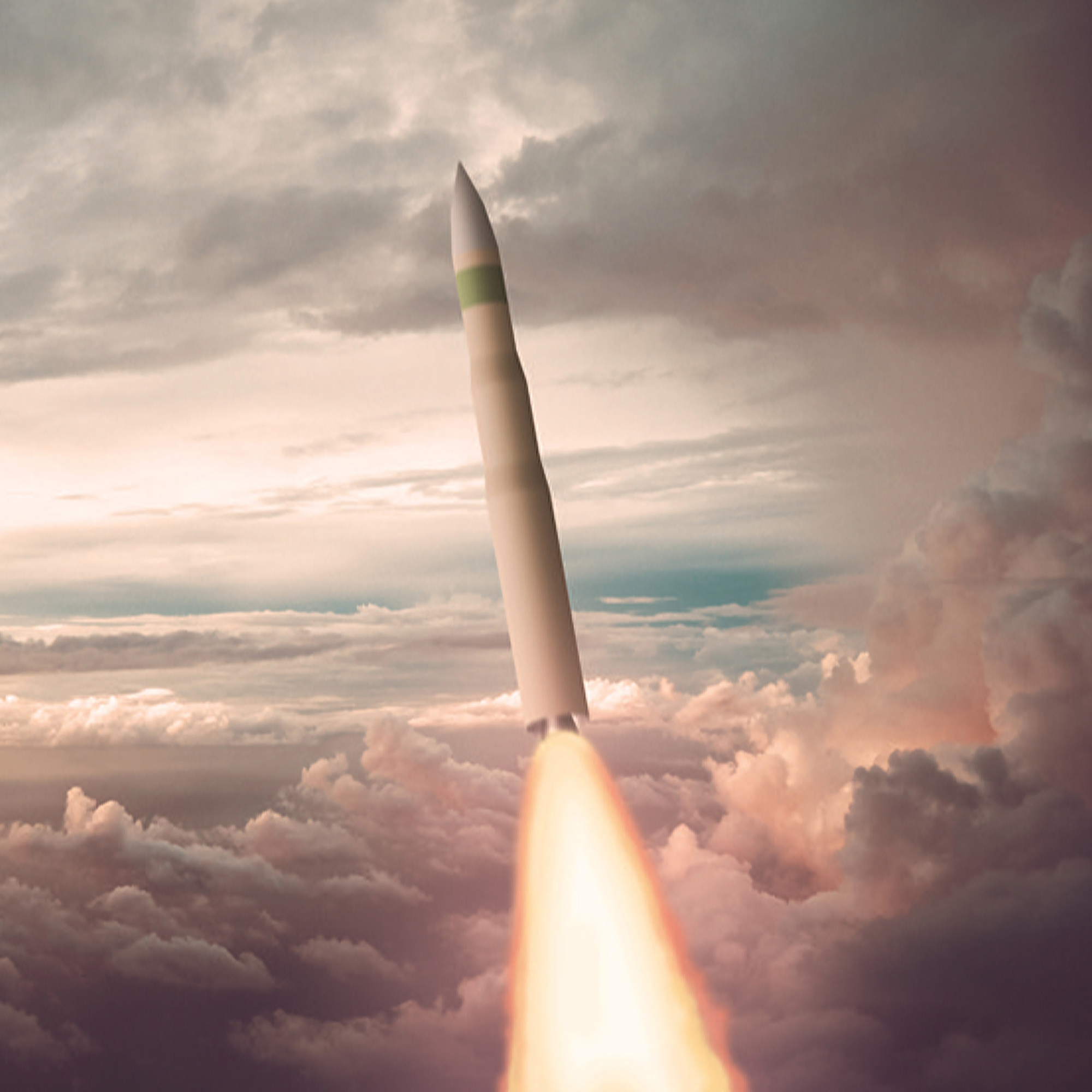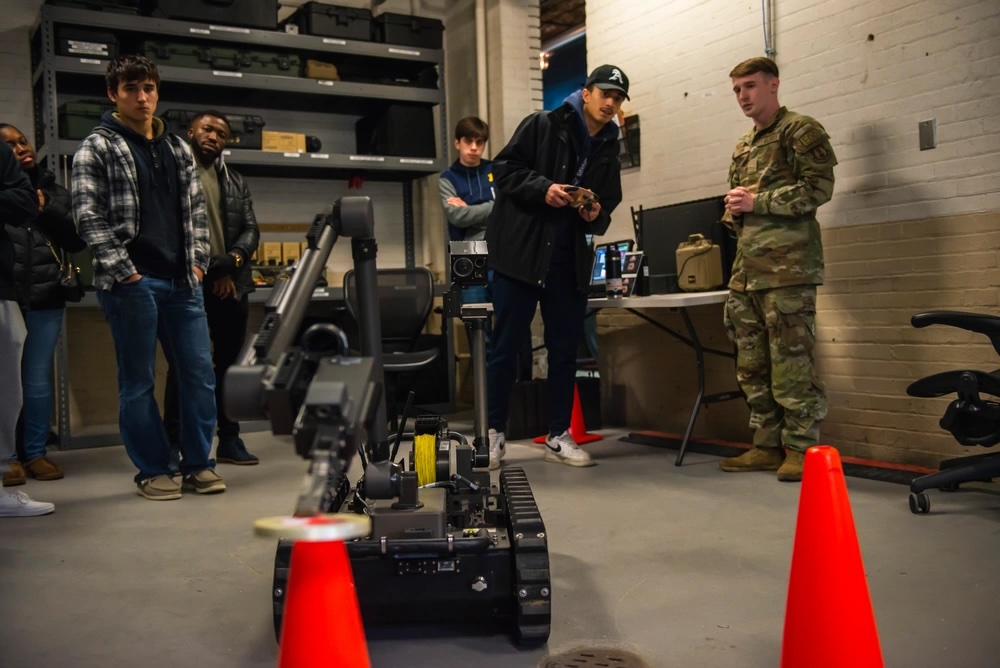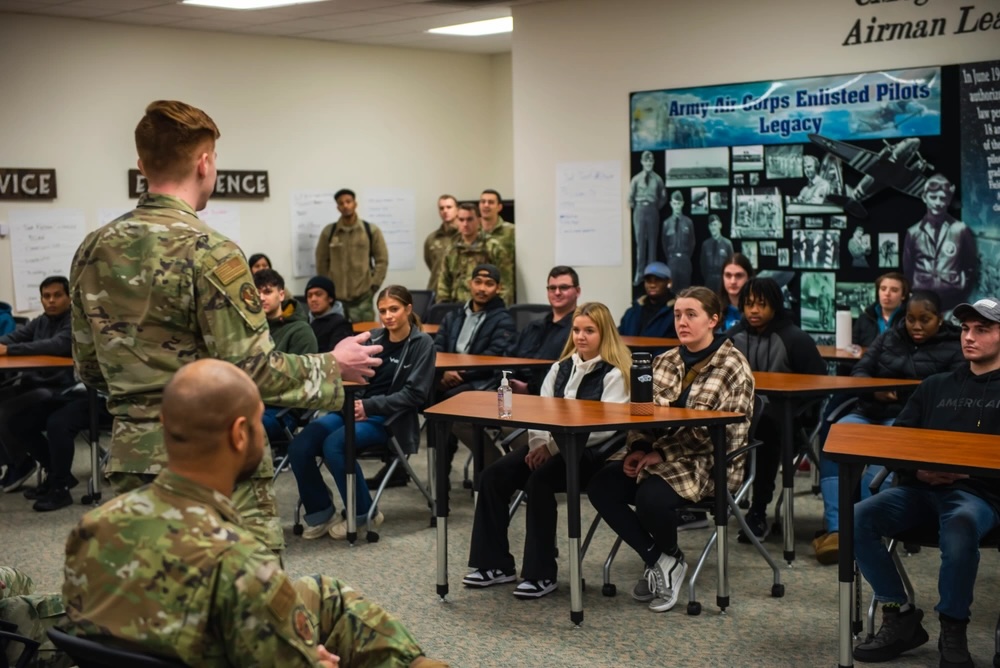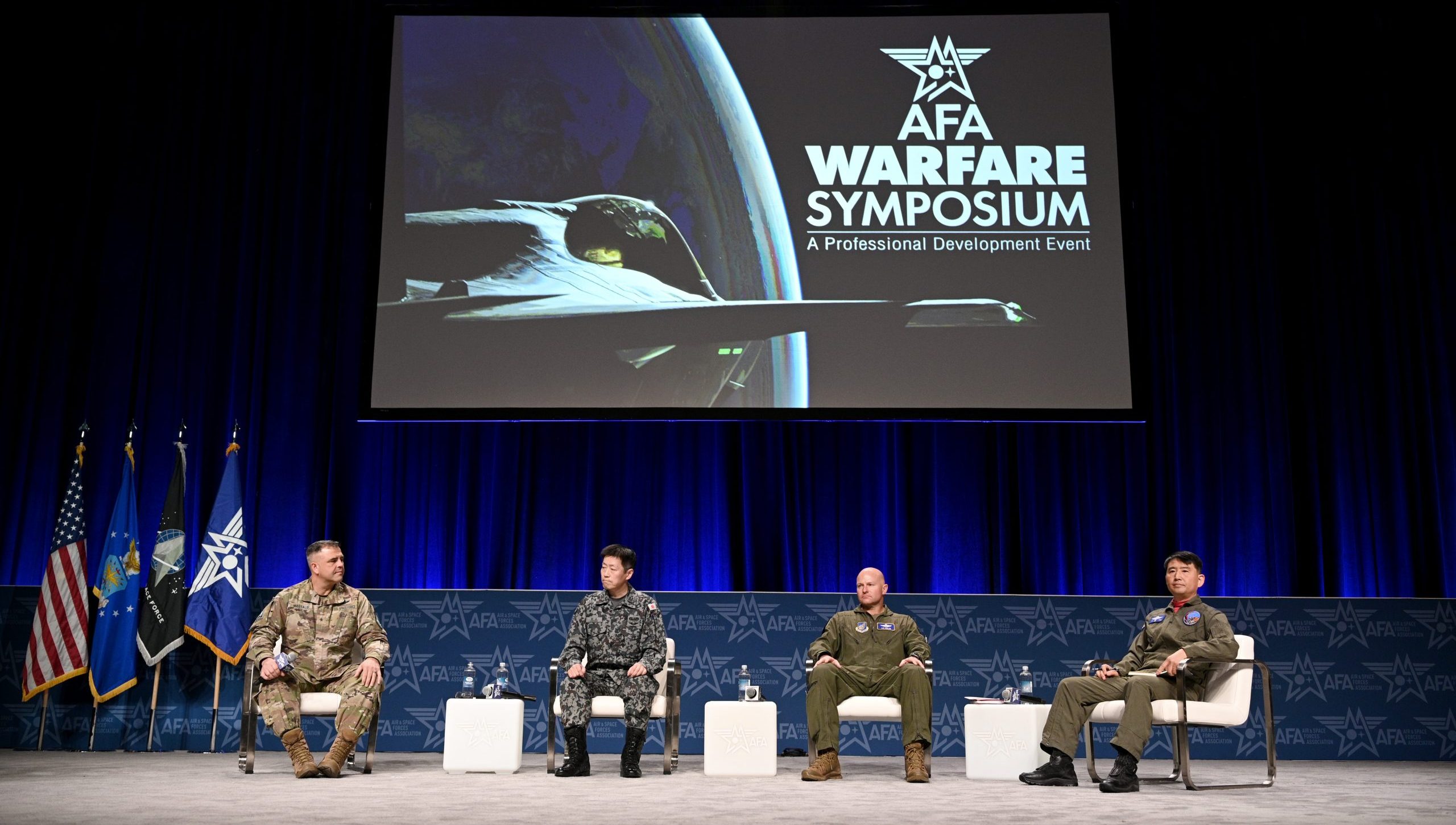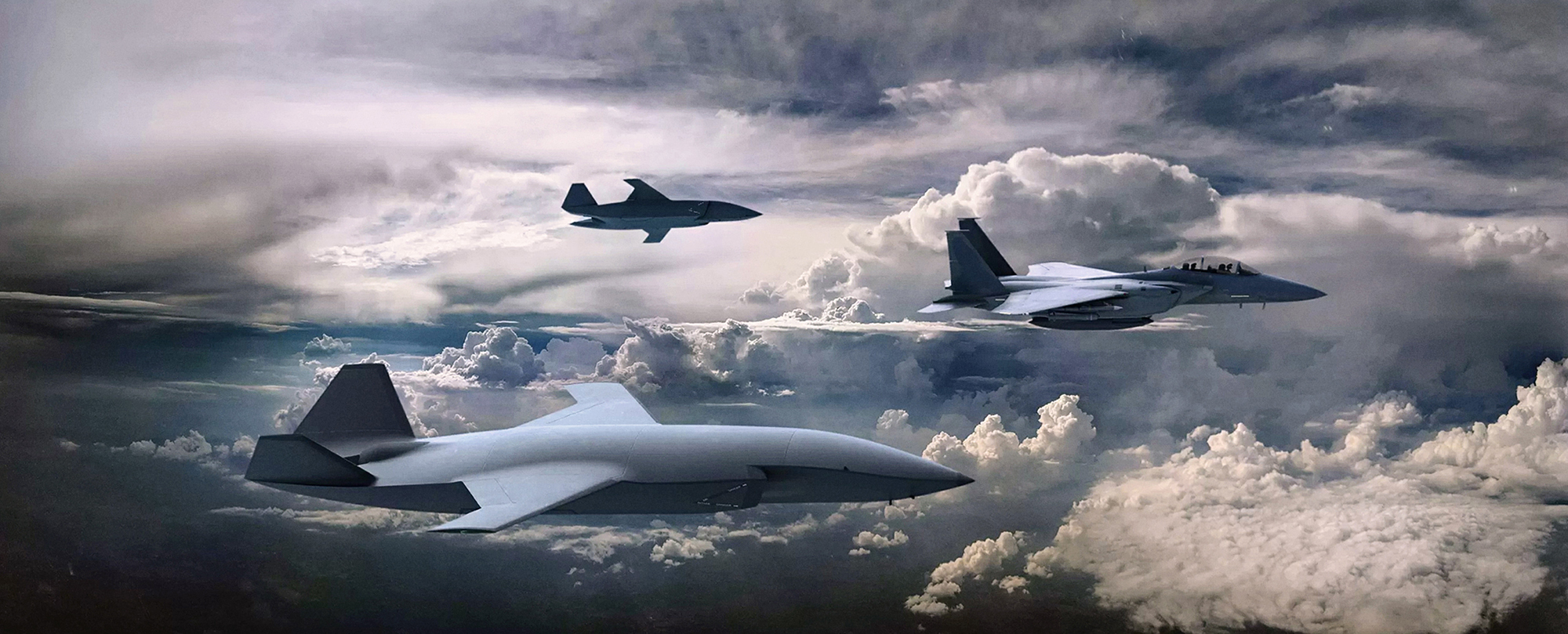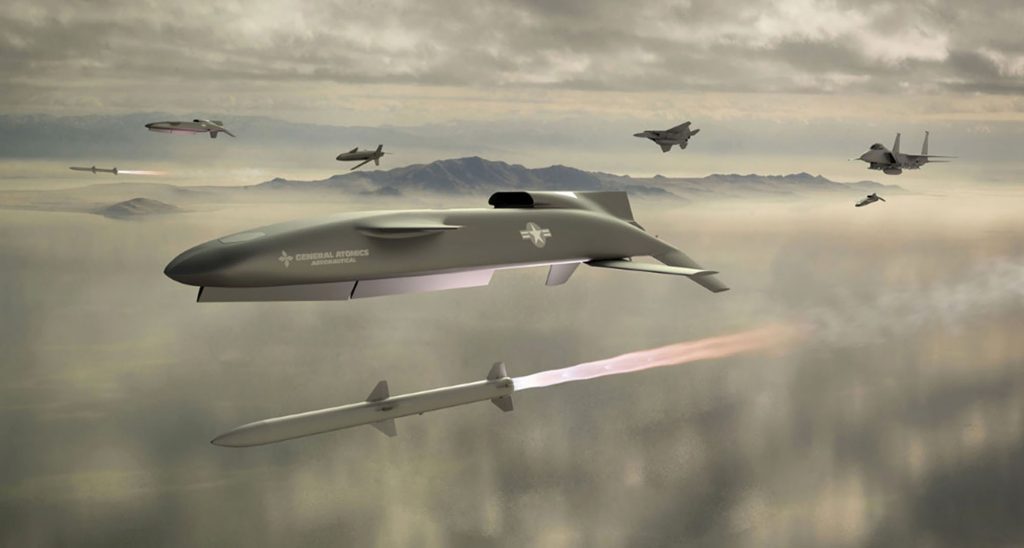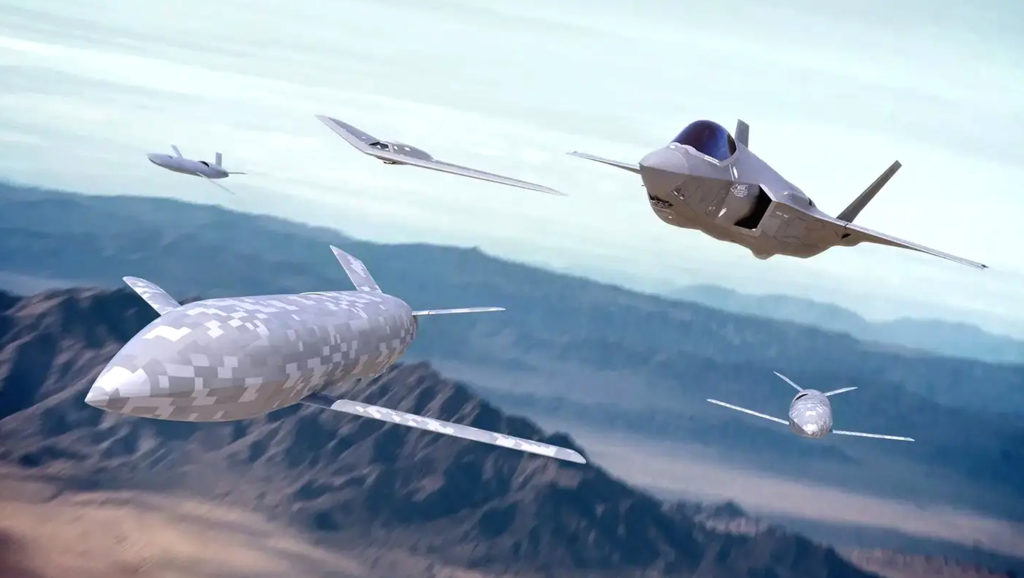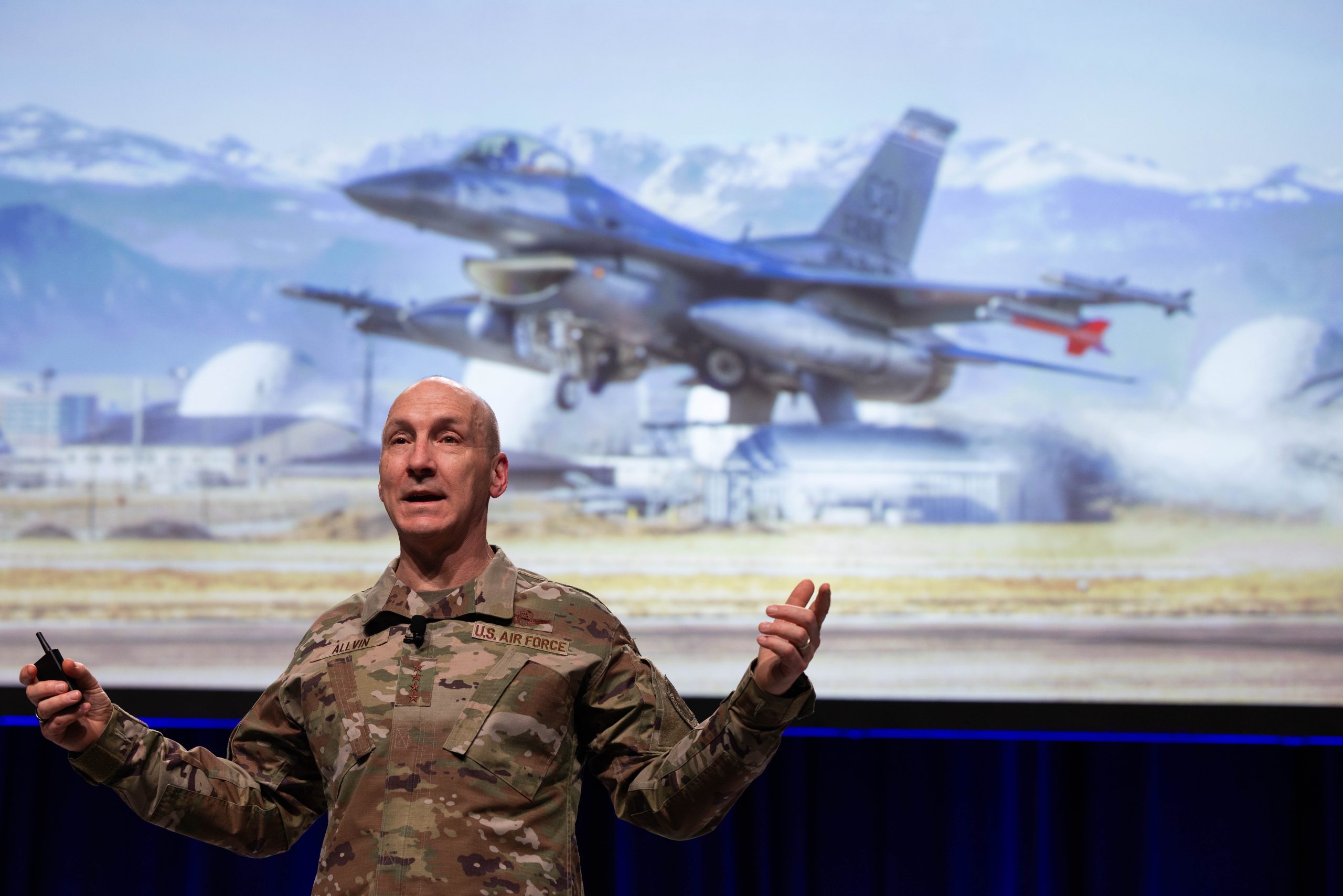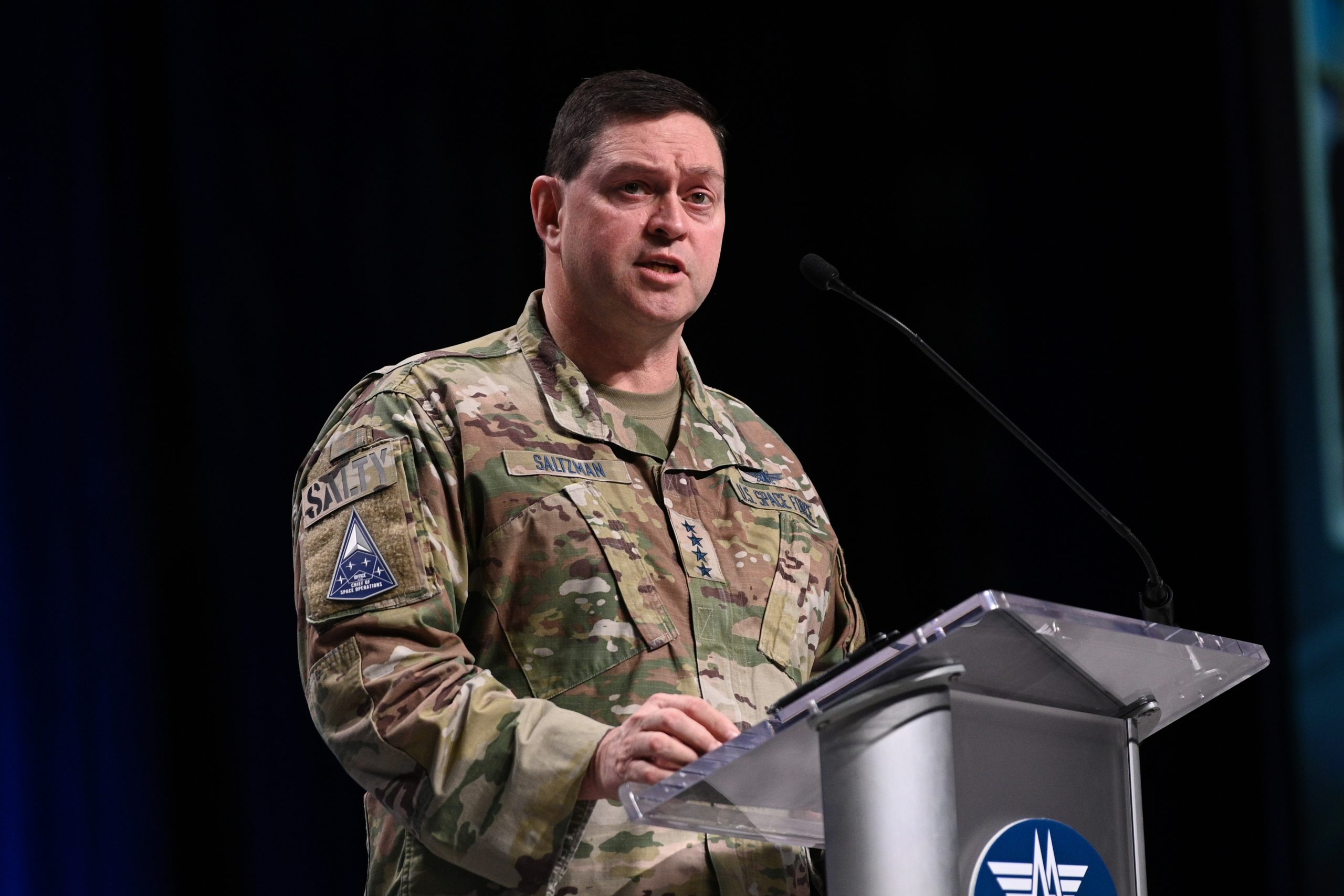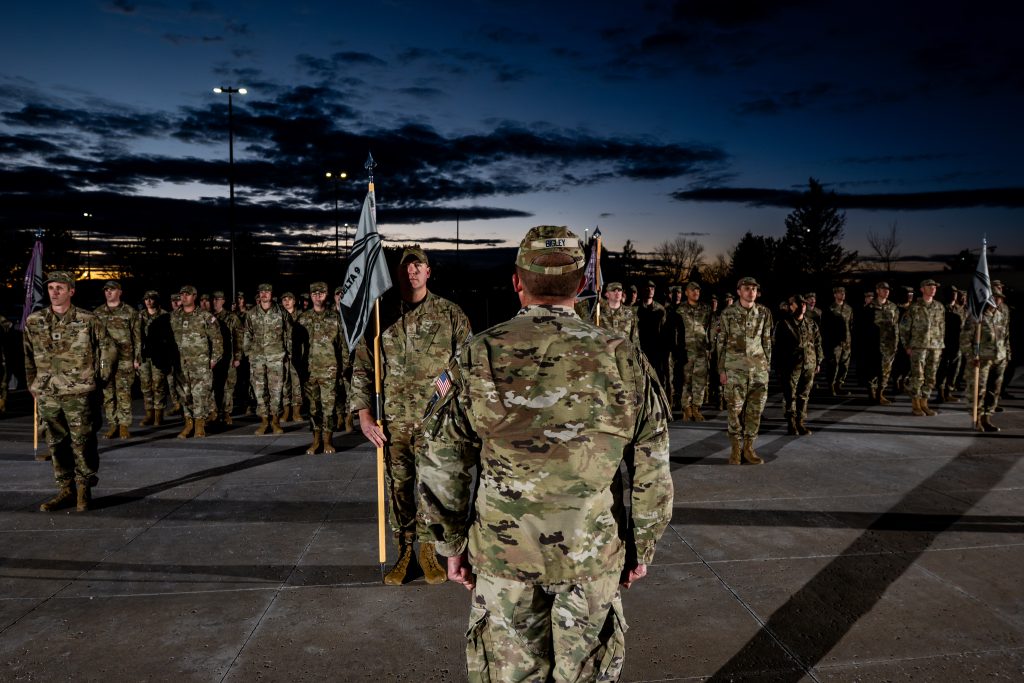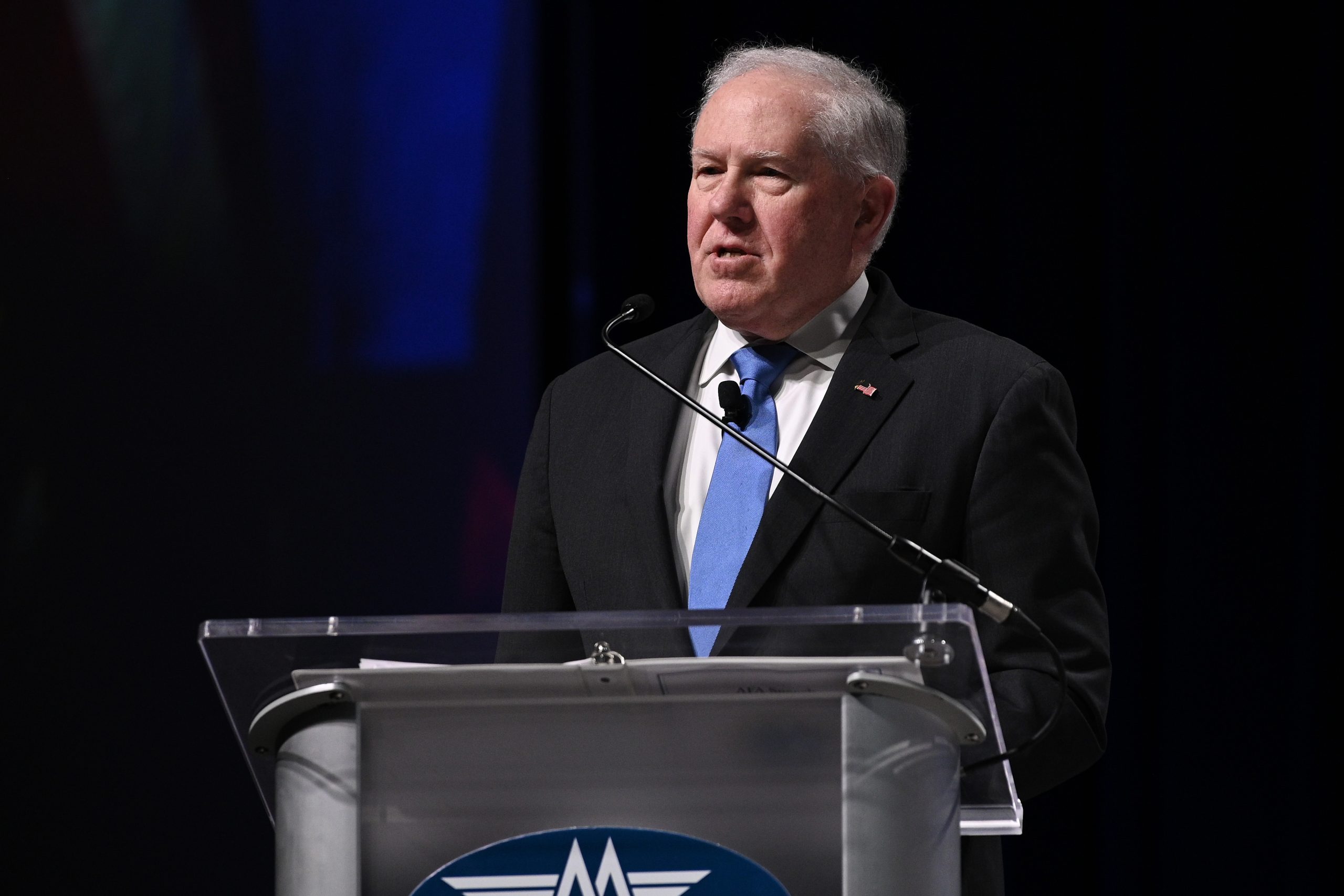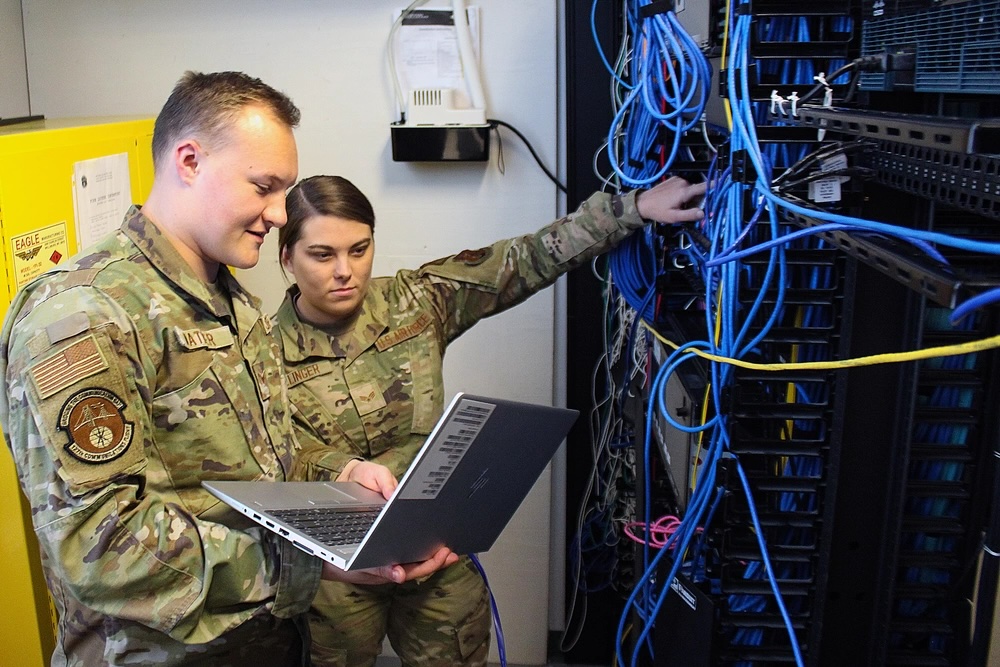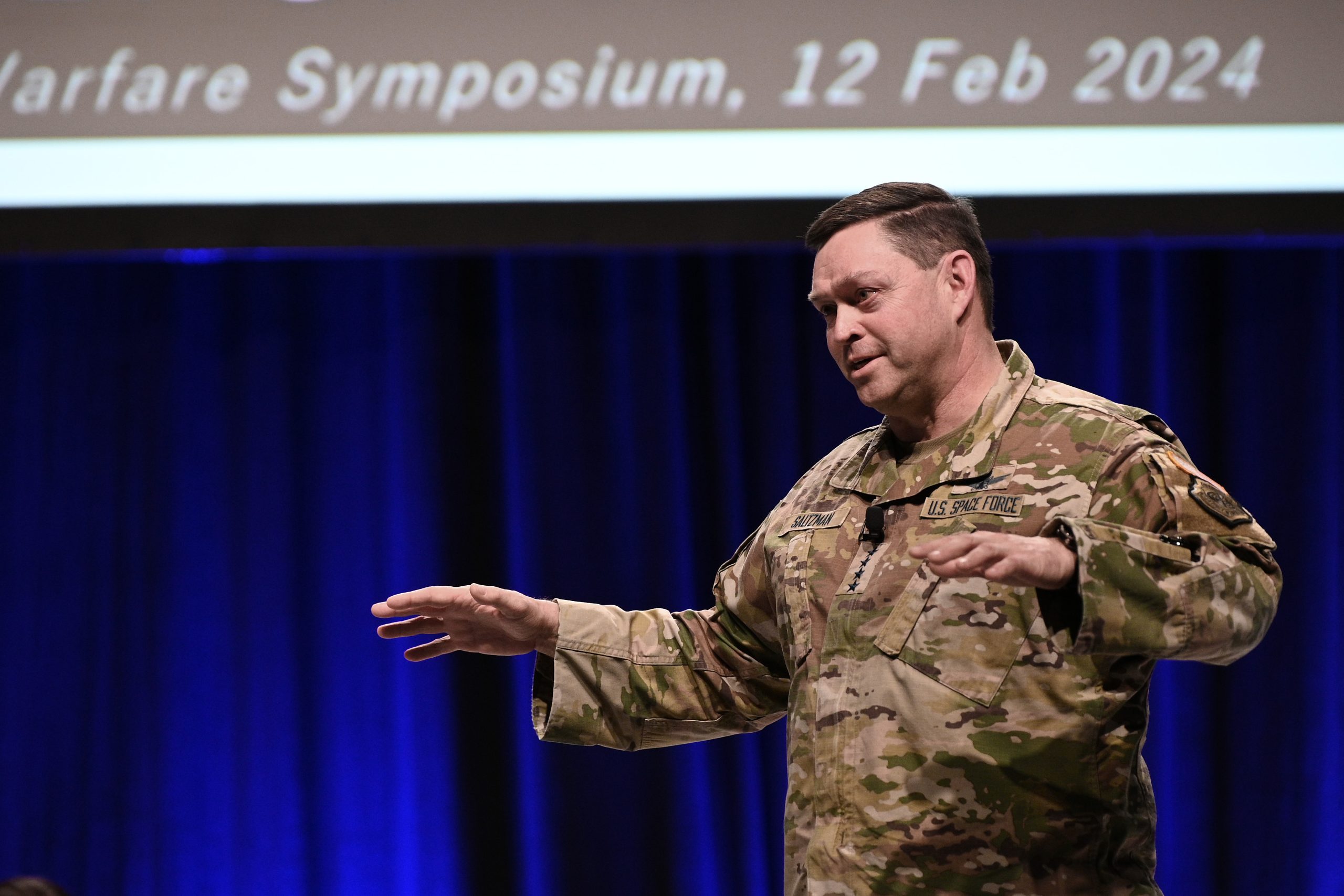AURORA, Colo.—The Air Force isn’t sure yet how it will fill the $35 billion gap between what the Sentinel intercontinental ballistic missile was supposed to cost and the recently revised estimate, but no approach is yet being ruled out, senior service leaders told reporters at the AFA Warfare Symposium.
“I can’t take anything off the table right now,” Air Force Secretary Frank Kendall said of how to fund the overrun on Sentinel, which came to light in January when the Air Force notified Congress of a Nunn-McCurdy breach on the program. Under the Nunn-McCurdy Act, the Pentagon must inform lawmakers if a program incurs a cost or schedule overrun of more than 15 percent—Sentinel experienced both.
Kendall said he thinks the Air Force has a good handle on the amount of the overrun—37 percent over the $96 billion baseline cost of the program—and that the delay is likely to be about two years.
Asked where the Air Force will find the money—the $35 billion gap is comparable to the service’s entire procurement budget request for fiscal 2024—Kendall said it would not be funded from elsewhere in the strategic modernization portfolio.
“It’s a discussion we haven’t had,” but one which will have to happen soon, and outside the “normal deliberative process about formulating the overall budget for DOD,” Kendall said.
The tradeoffs may not be direct, he said, and if the Air Force has to fund it out of expected budgets, “that will limit the amount of money we have for everything else.” He said he hoped it could be found from the larger Pentagon pool of funds.
“It’s of strategic importance. And I think … it would be very difficult to pay for out of just the Air Force’s budget. So I think we’re going to take a look at the totality of the budget,” Kendall said.
When a Nunn-McCurdy breach occurs, the program can only continue if the Secretary of Defense certifies that it is critical and that no alternative exists. Defense Secretary Lloyd J. Austin III is expected to make such a certification.
Air Force officials have said privately the service may ask Congress for a special appropriation, given that the service bears the expense of two of the three legs of the nuclear triad and has had to trade off tactical programs in the past to cover nuclear expenses that the Army and Marine Corps do not have.
The military services have at times turned to cuts in readiness or personnel to pay for large programs that have gone over budget but were still deemed crucial.
There’s no alternative to the Sentinel or anything else in the Air Force’s nuclear modernization program, Kendall said. He specifically said there can be no cuts to the B-21, but he did not mention the nuclear Long Range Stand-Off missile, which will initially equip the B-52 and later the B-21.
“The primacy of the mission I think, says a lot,” Kendall said, adding the Sentinel is “essential.”
Kristyn Jones, acting Air Force undersecretary, said the “missile aspect of the program is not where we’re seeing a sizable amount of cost. It’s primarily in the civil works aspects of the program,” meaning the construction of new silos, launch control capsules, and rights-of-way for cabling and other ground elements.
Jones said the Sentinel civil engineering effort is larger even than the “Big Dig” in Boston; an infamous 16-year, $7.4 billion highway relocation in the downtown area involving large tunnels and massive re-routing of utilities.
Air Force acquisition executive Andre Hunter has noted that the service hasn’t attempted a project on the scale of the Sentinel in over 50 years—when the Minuteman ICBM was deployed—and the full scope of the project couldn’t be known until an assessment was made of the existing facilities.
The Sentinel program replaces much of the Minuteman ground infrastructure as well as the nuclear command and control system, which is still based on analog circuitry.
Jones noted that in initial program estimates, it was assumed that some elements of the Minuteman infrastructure could be re-used for Sentinel, “but now it looks like they can’t.” Inflation, supply chain issues, and labor costs have also contributed to the Sentinel overrun, Jones said.
The Pentagon is conducting an assessment of the Sentinel program to nail down the root causes of the overages, as required by law.
Kendall, having performed work for Sentinel prime contractor Northrop Grumman, is recused from making programmatic decisions about Northrop programs like Sentinel or B-21. Those decisions will fall to the undersecretary or Hunter, but Kendall will still be in charge of deciding where to find budget offsets.
